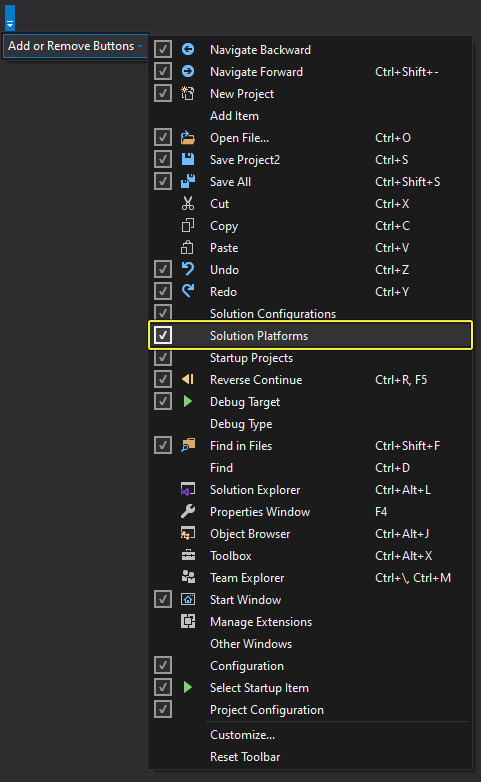
- #Visual studio tools for unity l upgrade
- #Visual studio tools for unity l for android
- #Visual studio tools for unity l code
#Visual studio tools for unity l code
Native code plugins can access underlying graphics API Mesh and ComputeBuffer data. Low-level graphics improvements: Depth buffer precision on modern graphics APIs has been greatly improved, particularly for large open game worlds.
#Visual studio tools for unity l for android
#Visual studio tools for unity l upgrade
Note that it is an upgrade of the C# compiler, not the full Mono runtime, but we feel that it represents an important step on the journey towards modernizing and improving Unity’s.

If you need more control and customization options, all properties in the main particle settings have now been exposed to script. You can also send tangents to your shaders, allowing for normal mapping. It’s now possible to send custom data into your particle shaders, such as their size, rotation and velocity.

See the details in the Holographic documentation. Developers creating applications for HoloLens will be able to prototype, debug, and iterate on design directly from the Unity Editor without needing to build and deploy to an actual HoloLens device. We also improved the workflow by bringing Holographic Emulation right into the Unity Editor. Support for Microsoft Holographic is now shipping with Unity 5.5. Time to dive into the details of what’s new in Unity 5.5, enjoy! Microsoft Holographic (HoloLens) ready in 5.5 For example, we’ve added GPU instancing for Android and iOS, a new CPU Usage Profiler timeline view, and we’ve updated our physics engine to PhysX 3.3.3. Performance improvementįinally a lot of the new features aim to improve performance, so you can deliver the best experience to your users on all platforms. Looking to the future, we're excited to introduce Unity Collaborate to everyone (Open Beta!), a simple way for entire teams to save and sync their Unity projects. We’re also introducing an experimental tool called Look Dev to ease the process of ensuring parity in materials throughout physically-based projects. Then there’s the new Splash screen tool, which lets you introduce your brand at the start of your game with just a few clicks. Our Animation Window has workflow improvements and massively improved performance for faster, more reliable iteration. In Unity 5.5, we brought major improvements to our Particle System and Line Renderer components.

We’re also working to make artists feel even more at home in Unity adding better artist tools. We have also improved our In-App-Purchase feature with a codeless experience to take advantage of storefronts and added CloudMoolah. In Unity 5.5, support for Microsoft Holographic (HoloLens) is no longer in preview mode, and that means you can now jump into exploring the future of augmented and mixed reality.

Before we jump into the details, here are a few key areas of focus for this Unity 5.5 release: New platforms, new opportunitiesįirst, we keep on extending opportunities for creators to reach new users and new markets.


 0 kommentar(er)
0 kommentar(er)
